
Researchers from Ascension Saint Agnes improved compliance in their hospital in providing patient-specific, stroke-dedicated discharge instructions.

Researchers from Ascension Saint Agnes improved compliance in their hospital in providing patient-specific, stroke-dedicated discharge instructions.
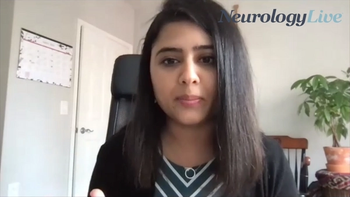
The vascular neurology fellow at the University of Maryland Medical Center discussed findings that African American women had the lowest functional performance in stroke rehabilitation.

Serious adverse events occurred in 3.7% and 2.4% of subjects in the subgroups of patients with 1 and 2 or more triptan failures, respectively.
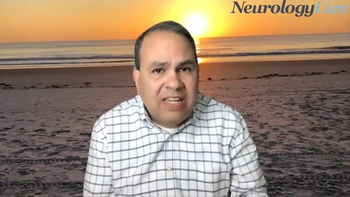
The professor of neurology at Mayo Clinic discussed the reasoning for the research he presented at AAN 2021 on social determinants and their impact on epilepsy treatment times.

The study presented at the 2021 AAN Meeting follows the complete response letter issued by the FDA to Acadia Pharmaceuticals due to deficiencies in their sNDA.
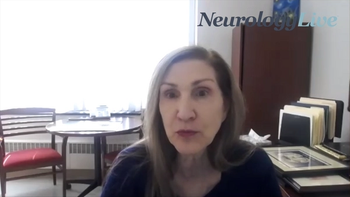
The chief of neurology at Ascension Saint Agnes discussed her team’s efforts to increase compliance in providing patient-specific stroke DCI.

Data from a cohort of more than 900 individuals suggest that while total tau can add cross-sectional value in certain contexts, neurofilament light served better for prognostication of cognitive decline and imaging changes.
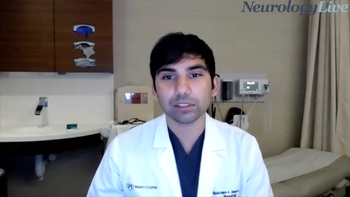
The neurologist from Mayo Clinic discussed his abstract at AAN 2021 comparing stroke rates in patients with cerebral amyloid antipathy given treatment with aspirin.

Critically ill patients who were obtunded, stuporous, or comatose had pediatric lateralized epileptiform discharges, and acute brain insults were among many clinical characteristics to benefit from longer EEG.
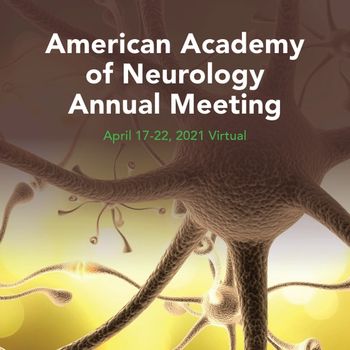
The 2021 AAN Annual Meeting will be held virtually from April 17-22. Follow along with coverage from NeurologyLive, including expert interviews and session recaps.
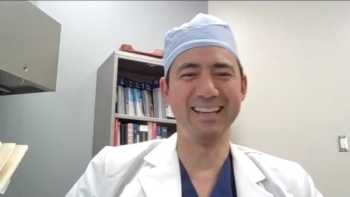
The chair of the Department of Neurosurgery at Banner-University Medical Center discusses the current state of the science being done in the realm of epilepsy surgery.

The study author, director of MedStar Georgetown Headache Center, and associate professor of neurology at MedStar Georgetown University Hospital discussed the findings of a pooled analysis of the ACHIEVE I and II studies of ubrogepant.

The director of the Headache Center of Southern California discussed the findings of the study, as well as what these data might suggest about how onabotulinumtoxinA fits into the shifting landscape of chronic migraine care.

The neurologist at the Mellen Center for Multiple Sclerosis Treatment and Research at Cleveland Clinic discussed how the agent might fit into the treatment landscape if its sBLA is approved by the FDA later this year.

The new data further cemented the therapy’s consistent safety profile from previous studies as well as demonstrated a newfound durability in patients with later-onset spinal muscular atrophy.

The neurologist at Banner-University Medicine Neuroscience Institute offered his perspective on data from an open-label safety assessment of cannabidiol (Epidiolex) in the treatment of tuberous sclerosis complex.
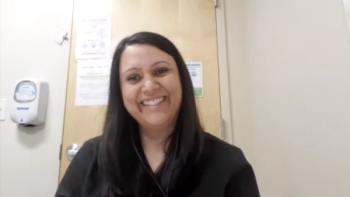
The director of MedStar Georgetown Headache Center and associate professor of neurology at MedStar Georgetown University Hospital discussed the findings of an analysis from the ACHIEVE studies of ubrogepant.

Despite patients being off treatment for an average of 23 months, patients treated with Eisai’s BAN2401 remained amyloid PET negative in an open-label extension preliminary analysis.
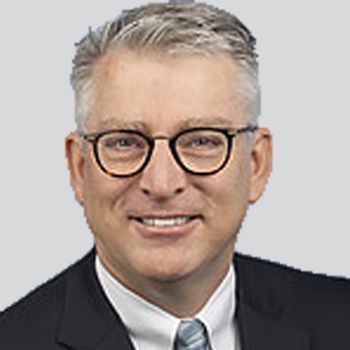
The FDA-approved treatment was associated with a clinically meaningful delay in needing continuous ventilation among patients with Duchenne muscular dystrophy.
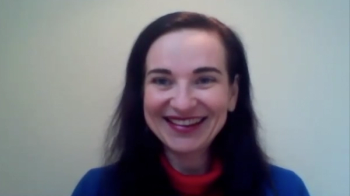
The headache specialist at UCSF discussed the findings of a retrospective assessment of the impact of the infusion rate of dihydroergotamine (DHE) on inpatient treatment outcomes.

The neurologist at Banner-University Medicine Neuroscience Institute discussed the findings of a study that suggest perampanel may improve insomnia by decreasing anxiety in patients with epilepsy.

Treatment with SK Life Science’s cenobamate showed higher responder rates than placebo, regardless of baseline seizure frequency or disease duration.
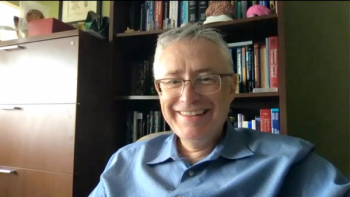
The director of the Stroke Center at Banner-University Medicine Neuroscience Institute spoke to the need for data like that from the TELECAST study and how the COVID-19 pandemic might push telestroke care forward.

The assistant professor of neurology at the University of Washington in St. Louis discussed the need for a systemic, multi-specialist approach to cerebral palsy and provided the main takeaways from her and her colleagues’ work.

The director of the Stroke Center at Banner-University Medicine Neuroscience Institute discussed how data from the TELECAST trial impact existing literature and the areas of improvement for the current use of telemedicine for stroke.

Treatment with fenfluramine was associated with greater seizure reduction, which in turn improved executive function over time in patients with Dravet syndrome.

The director of the Montefiore Headache Center discussed recent study findings on ubrogepant and offered insight into the possible future of the gepant class in migraine.

The assistant professor of neurology at the University of Washington in St. Louis detailed the ­­factors that may contribute to these inconsistencies in cerebral palsy diagnosis and what role neurologists should play.

Janssen’s S1P receptor modulator ponesimod showed its superiority to teriflunomide on annualized relapse rates, fatigue symptoms, MRI activity, brain atrophy, and NEDA-3 in patients with relapsing multiple sclerosis.

The FDA-approved anti-CGRP therapy from Eli Lilly demonstrated a significant ability to decrease monthly migraine days in patients who did not respond to previous medications.